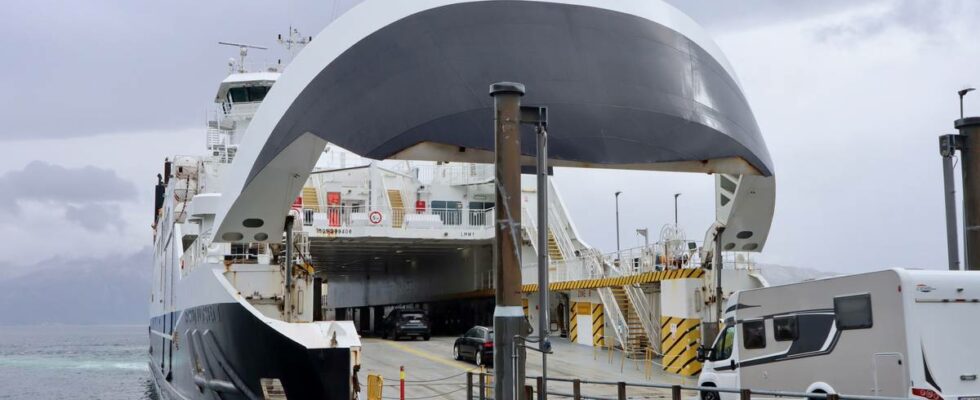– It went so wrong in the end that we simply didn’t see any other way out. That’s what operations manager at Torghatten Nord, Alf Vidar Johansen, says. Over two years ago, they won the tender for the ferry route between Nesna and Levang. The joint is located on Kystriksveien on the Helgeland coast, and is particularly popular in the summer. But even though the passengers queued to board the ferry, the crew did not do the same. – We saw quite quickly that it was very demanding to recruit crew for that area. However, the introduction of the “North Sea shift” meant that the number of applicants went from zero to 70. Demanding if you don’t live in the area Until now, the company has practiced a shift where the crew was on duty for 12 days, before they got 9 days off. – The shift arrangement is reasonable as far as it goes, but also demanding if you don’t live in the immediate area. Because rest time regulations meant that they worked every other day for the 12 days. – Having to live in a dormitory on their day off, where they don’t have the opportunity to come home to their family, it was difficult. There was a queue to get on board as a passenger, not to be employed. Photo: Frank Nygård / news The shipping company even searched for people outside the Norwegian borders, such as in Sweden, Denmark, Iceland, the Faroe Islands – without success. – Then we decided that we should try out the North Sea rotation, with two weeks at work and four weeks off, and advertised the positions. It had an immediate effect. Could you imagine working two weeks on before four weeks off? Yes! No, that sounds tiring. Maybe for a period of time. Show result – Expensive solution Overnight suddenly more than 70 applications poured in for jobs that “nobody” wanted before. And that from Stavanger in the south to Finnmark in the north. But even if the North Sea rotation is apparently attractive to the crew, the shipping companies are more reserved. – It has a major consequence, because it is an enormously expensive solution. We are talking about a good number of millions on an annual basis in additional costs, says Johansen. Because where the shipping companies could usually manage with two sets of crews, a North Sea rotation with more time off will also require more people. – Why do you think this scheme is so attractive? – People probably value their free time as much as their salary. If you are going to manage to recruit into this industry, it is these types of solutions that you have to look out for. Marius Hansen, managing director of Torghatten Nord, says that shipping companies are looking at different ways to adapt to the new market. – There are no sailors to drive around every headland. We have introduced the North Sea rotation on several connections with good success. Expensive but popular. Are there other disadvantages to such arrangements? Rolf K. Andersen in Fafo points out that shipping companies should be careful to only have such solutions. “Divorce rotations” Andersen says it is interesting that the number of applicants went from zero to 70, and that they have obviously hit something with such a rotation. Nevertheless: – Such rotations hardly suit everyone. Those with small children often do not want to work that way, he says. He points out that it is still common in some sectors, also outside the North Sea, for such rotations. As in construction. – There are many people who like the long free period, but it is not the case that there are necessarily only advantages. Standing at work for long periods of time can wear you out both mentally and physically, and colloquially it is also called “divorce turns”. Andersen understands that it can be difficult to get hold of people, and that a solution like this can attract many. – But is it good for District Norway that people go home when they finish work? – First and foremost, District Norway benefits from the ferry running. That is the most important thing for users. Then you would like people to settle down locally, but it is not that easy. You would also like to have a job for a partner, he replies. And he does not think that all ferries in Norway should be operated in this way. – You have to bring in young people, and when they have children in the future, such rotations are not very favorable. Published 15.07.2024, at 13.20
ttn-69
Torghatten Nord introduced the North Sea rotation – went from 0 to over 70 applicants – news Nordland

